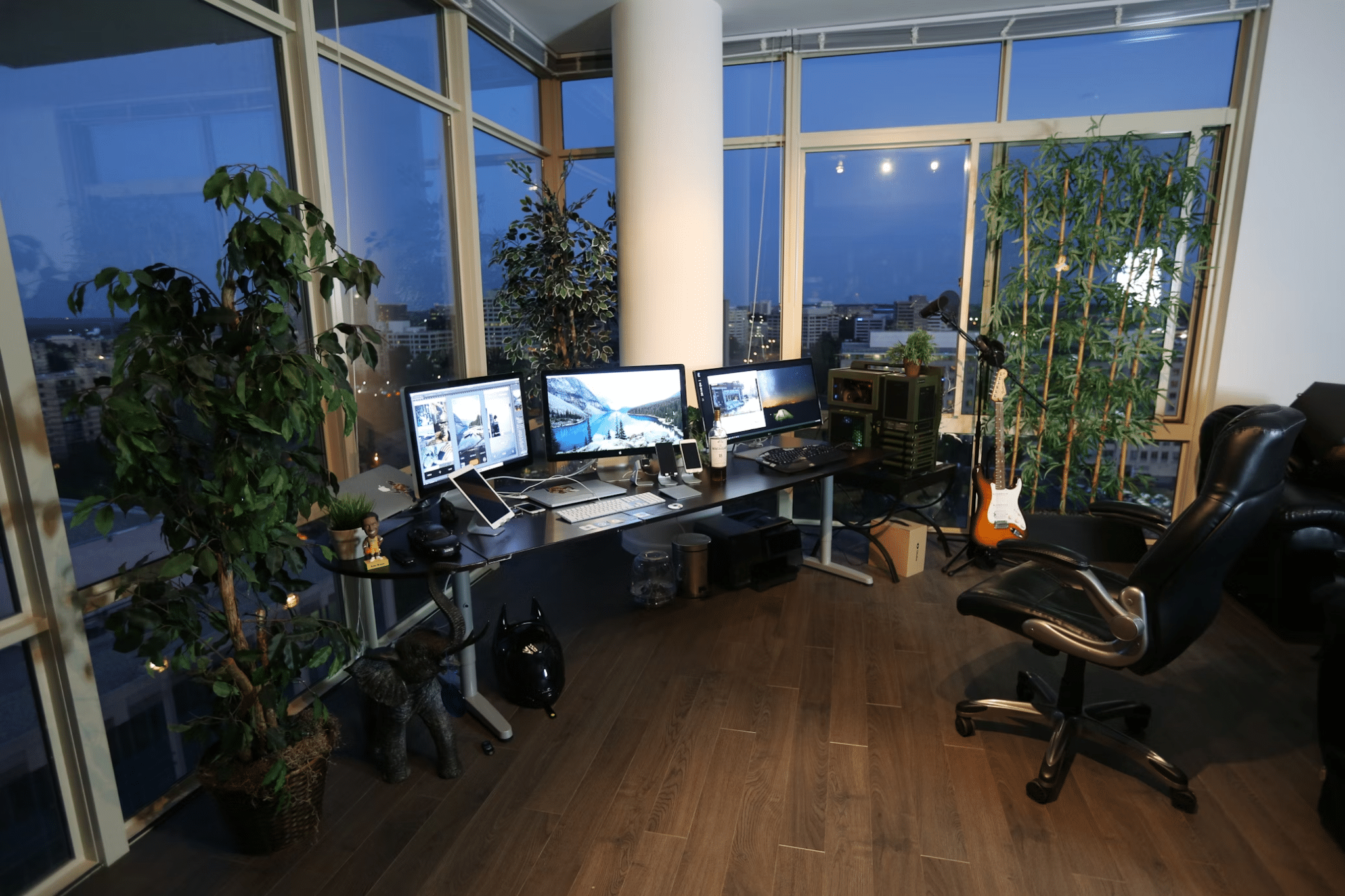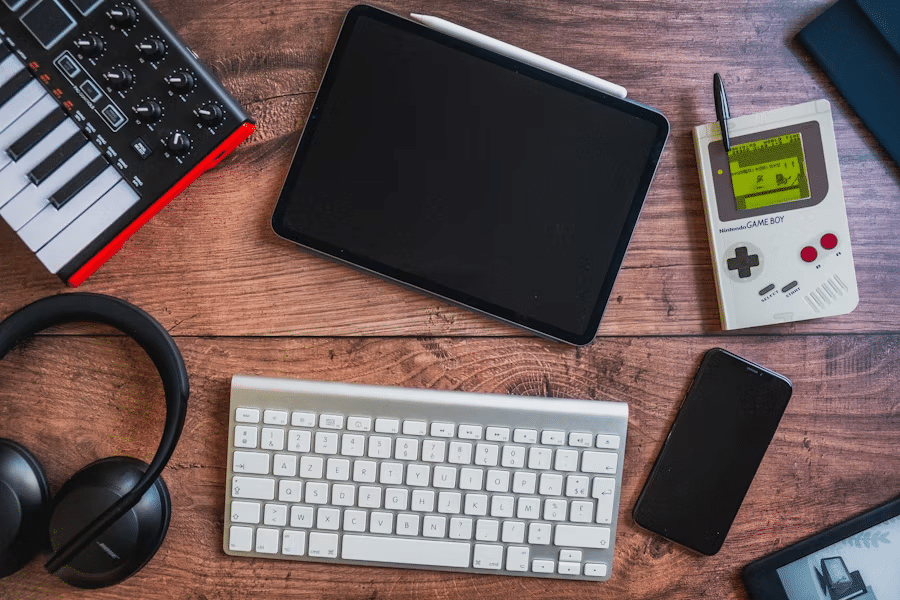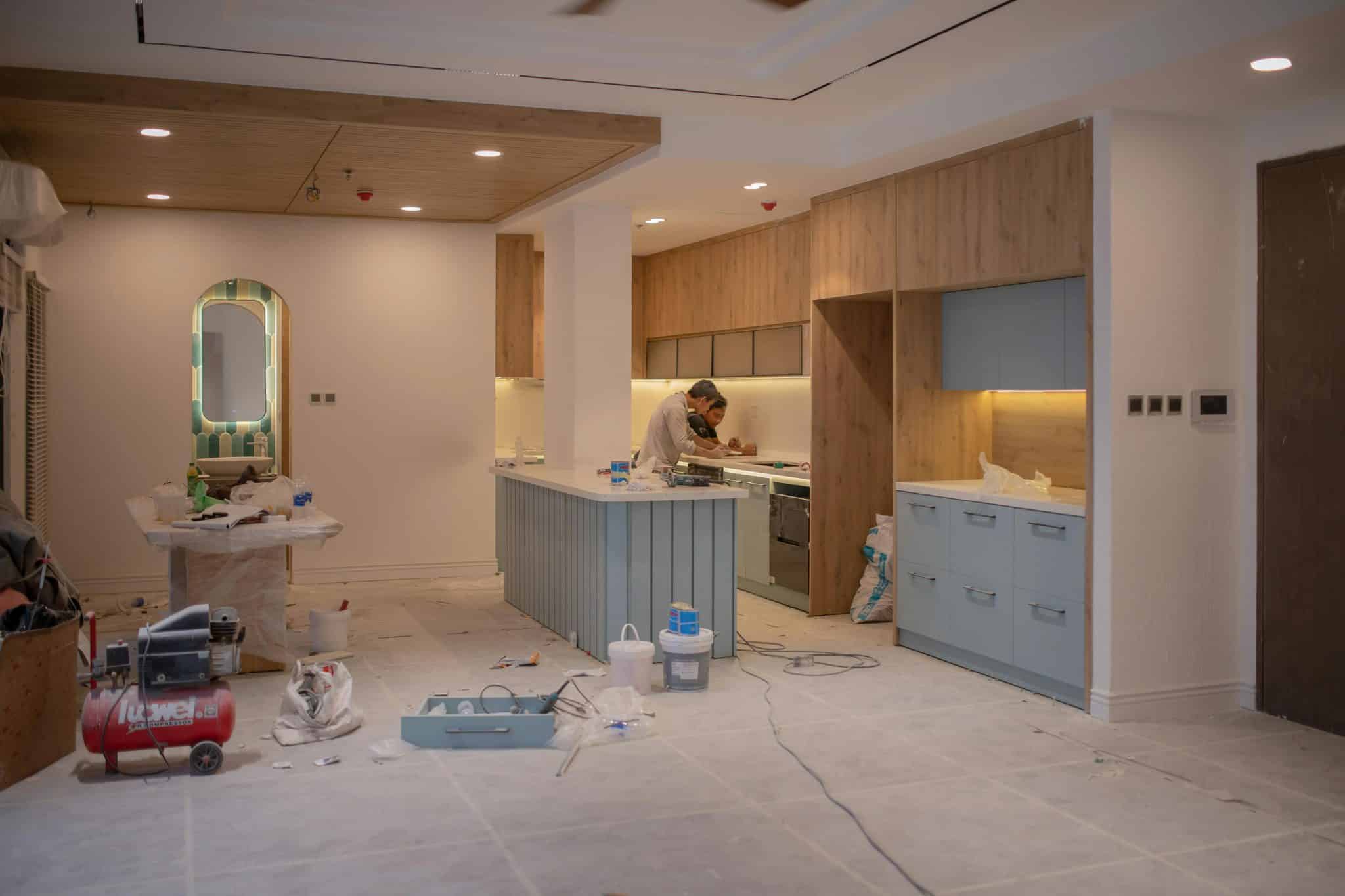Comfort is the cornerstone of modern lifestyles, intricately woven into the fabric of our daily routines, whether at home or at work. As we navigate the complexities of contemporary life, the pursuit of comfort has become paramount, influencing everything from the furniture we choose to the technology we integrate into our spaces. In this context, consumer behavior has fundamentally altered how we work, communicate, and live, becoming an essential part of our daily routines.
Take, for instance, the ergonomic game chair. This marvel of design and technology not only enhances comfort but also significantly improves posture and reduces fatigue, proving that better furniture can have a profound impact on health and productivity. The integration of ergonomic solutions into our workspaces is a testament to how comfort and technology can harmoniously coexist, creating environments that foster both well-being and energy efficiency.
However, the quest for comfort extends beyond physical spaces. With technology now ingrained in everyday life, its impact can be seen in both positive and negative dimensions. Smart devices and applications have become crucial components in enhancing convenience and efficiency in daily activities. Despite these advantages, technology also introduces challenges, particularly in maintaining focus and privacy, which are pressing concerns. Understanding the impact of technology is essential for navigating its role in both personal and professional spaces.
The Growing Influence of Smart Devices in Daily Life
The modern era is characterized by the ubiquitous presence of smart devices, which have seamlessly integrated into our daily routines, reshaping how we communicate, entertain, and manage our lives. Smartphones, for example, have become essential tools for digital communication, offering everything from instant messaging to video calling and video calls, thus revolutionizing our social interactions.
One notable example is the Oppo phone Singapore, a device that exemplifies the pinnacle of mobile technology. With features like advanced cameras, powerful processors, and intuitive user interfaces, it has become an indispensable part of digital platforms, enabling users to stay connected and productive through mobile apps. This level of technological advancement facilitates not only personal communication but also professional tasks, making it easier to manage work and life events on the go.
Wearable devices further illustrate the profound impact of smart technology on our daily lives. These gadgets, which include smartwatches and fitness trackers, play a crucial role in monitoring health and wellness. They provide real-time data analytics, helping users make informed decisions about their health, from tracking fitness metrics to managing stress levels. This integration of health monitoring into everyday life technology represents a significant leap in how we approach personal well-being.
Smart home technology is another domain where technological progress has made a substantial impact. From smart lighting systems to intelligent home security, these innovations enhance convenience and safety, allowing users to control various aspects of their smart homes remotely. The ability to automate routine tasks and monitor energy consumption remotely contributes to a more efficient and comfortable living environment.
How Technology Shapes Home and Work Environments

Technological advancements have radically transformed both home and work environments, making them more adaptable, efficient, and comfortable. One of the most significant changes is the rise of remote work, with around 37% of employees now working from home, a drastic shift from traditional office settings. This trend underscores the importance of creating home spaces that are conducive to productivity and comfort.
In the workspace, the integration of smart devices and modern technology has led to the development of multi-purpose furniture and smart lighting systems that enhance productivity and well-being. For instance, time tracking software is becoming an integral part of businesses as they seek to maintain productivity among remote workers. However, this can sometimes negatively impact employee morale, highlighting the need for a balanced approach to technology use.
Real-time collaboration tools have also revolutionized how we work, enabling employees to connect and collaborate with global teams regardless of their physical locations. This capability not only reduces overhead costs for companies by eliminating the need for extensive office spaces but also allows for greater flexibility in work arrangements. Remote workers often exhibit higher productivity levels compared to their in-office counterparts, as they face fewer distractions and can create personalized work environments that suit their needs.
While the benefits of technology in shaping work environments are clear, it also introduces challenges. The blurring of boundaries between personal life and professional life can lead to longer working hours and increased stress. Many remote employees report that they continue to work even when unwell, highlighting the difficulty of detaching work from home life.
Immersive Gaming: Where Comfort Powers Performance
Gaming today is more than just a pastime—it’s an immersive digital experience that blends entertainment, social connection, and even professional competition. As gaming setups become more sophisticated, comfort has emerged as a key factor in enhancing performance and enjoyment.
One of the most impactful innovations in this space is the ergonomic game chair. Designed for extended play sessions, chairs like those offer lumbar support, pressure-relieving cushions, and adjustable features that promote good posture. This not only prevents fatigue but also supports focus and agility during intense gameplay.
Technological enhancements also play a crucial role in modern gaming environments. Features such as responsive RGB lighting, immersive audio systems, and real-time haptic feedback all contribute to a more engaging and realistic experience. Combined with ergonomic furniture, these technologies turn any room into a high-performance gaming zone.
The introduction of VR and AR has further pushed the boundaries of interactive play, demanding setups that support both motion and extended immersion. In such scenarios, physical comfort is not a luxury—it’s a necessity.
As gaming continues to influence lifestyle trends, the integration of smart design and ergonomic support ensures that players stay comfortable, focused, and healthy. By investing in the right tools—from hardware to seating—users can enjoy gaming as a balanced, enjoyable, and sustainable activity.
Balancing Technology with Wellbeing
While technology offers numerous benefits, its overuse can have detrimental effects on health and well-being. Key points include:
- The average individual spends about 6 hours and 40 minutes on screens each day.
- Excessive screen time can negatively impact sleep and mental health.
- Among teenagers, high screen time has been linked to increased levels of anxiety and depression.
Balancing technology use with comfort and mindfulness is essential for maintaining well-being. Mindful engagement with screens involves questioning the purpose of device usage to help prevent distractions and mental fatigue. Establishing tech-free zones in homes, such as bedrooms and dining areas, can enhance family interactions and improve sleep quality.
Engaging in offline hobbies is another effective strategy for reducing overall screen time and promoting better mental health. Activities such as reading, gardening, and exercising provide a much-needed break from digital devices and help individuals reconnect with the physical world. Group-based programs for digital detox can also facilitate accountability and motivation among participants to reduce screen time and address mental health issues.
The Creative Possibilities of Digital Tools

The digital age has democratized creativity, allowing anyone to produce and share high-quality works without the need for expensive equipment. This democratization is evident in the rise of digital tools and ai tools that enable self-expression and personalization. AI avatar generator, for example, allow users to create personalized digital representations, enhancing their online interactions and experiences.
Collaboration in the creative industry has also increased due to the proliferation of online platforms, enabling professionals from diverse backgrounds to work together remotely. This has led to a surge in innovative projects and a blending of different creative influences. Digital distribution platforms empower independent creators to reach broader audiences without the need for traditional intermediaries, further blurring the lines between professional and amateur creators.
Streaming services and social media platforms have significantly transformed how creative content is consumed and monetized, including various financial transactions. These platforms offer creators unprecedented access to global audiences, allowing them to share their work, receive feedback, and build communities around their content.
However, the ease of sharing digital content also brings challenges, such as copyright issues, necessitating new protections for creators. Embracing digital technologies can help creative businesses leverage data and automation to innovate and expand, ensuring that the creative possibilities of the digital age are fully realized.
Sustainable Comfort: The Role of Eco-Friendly Technology
As modern lifestyles continue to evolve, the intersection of comfort and sustainability has become increasingly important. While technology enhances convenience, productivity, and entertainment, there is also a growing awareness of its environmental impact. Today, consumers are more inclined to seek solutions that not only improve their well-being but also align with eco-friendly values.
One example is the adoption of energy-efficient smart home systems. Devices such as smart thermostats, automated blinds, and low-energy lighting adapt to user habits while minimizing unnecessary energy consumption. These innovations reduce utility costs and contribute to a smaller carbon footprint, proving that comfort and sustainability can coexist.
The furniture industry is also embracing this trend with eco-conscious ergonomic designs. Chairs, desks, and even gaming setups are increasingly manufactured with sustainable materials such as recycled plastics, responsibly sourced wood, and non-toxic fabrics. By prioritizing durability and recyclability, these products provide long-term comfort while reducing environmental impact.
Conclusion
As we look to the future, the role of technology in shaping our living and working spaces will only continue to grow. Upcoming technologies promise to enhance our personal lives in ways we are just beginning to imagine. From immersive gaming experiences that offer new forms of entertainment to smarter everyday devices that anticipate our needs, virtual reality and the future promises are endless.
However, it is essential to maintain a balanced approach to technology use. While technology can enhance convenience and connectivity, it also poses risks such as distraction and potential loss of privacy. Acknowledging these risks and fostering positive interactions with technology is crucial for healthy living.
The challenge lies in leveraging technology as a supportive tool without allowing it to dominate our lives. By setting limits and practicing mindfulness in its usage, we can ensure that technology serves to enhance our well-being rather than detract from it. As we navigate the complexities of the modern world, a balanced approach to technology use will be vital for maintaining a healthy and fulfilling lifestyle.
Frequently Asked Questions
How do smart devices enhance daily life?
Smart devices enhance daily life by streamlining communication, offering health monitoring, automating household tasks, and delivering personalized entertainment. Consequently, they contribute to a more efficient and convenient lifestyle.
What are the benefits of ergonomic furniture in the workplace?
Ergonomic furniture significantly improves posture, reduces fatigue, and boosts productivity, leading to enhanced overall health and comfort in the workplace. Adopting such furniture is crucial for a thriving work environment.
How can one balance technology use with well-being?
To achieve a balance between technology use and well-being, it is essential to engage mindfully, establish tech-free zones, pursue offline hobbies, and create ergonomic workspaces. Implementing these strategies can significantly enhance your overall quality of life.
How have digital tools democratized creativity?
Digital tools have democratized creativity by empowering individuals to create and distribute high-quality content easily, fostering collaboration and enabling independent creators to connect with larger audiences. This accessibility has transformed the creative landscape, allowing diverse voices to be heard.
What are the future promises of technology in shaping living and working spaces?
Technology promises to enhance living and working spaces through immersive experiences, smarter devices, and personalized well-being technologies, ultimately improving convenience and connectivity. These advancements are poised to significantly enrich our daily lives.








